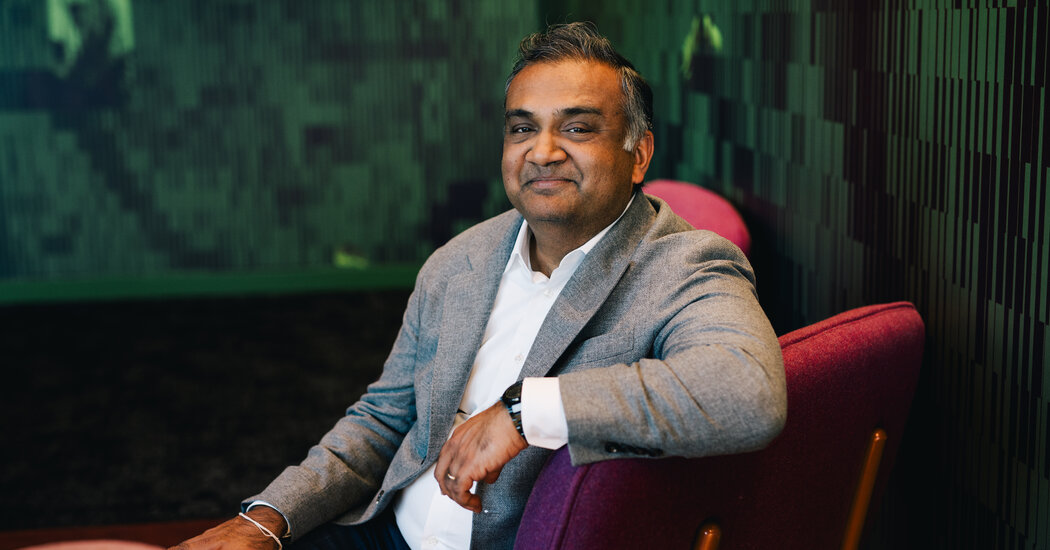The platform first known for viral videos now attracts more viewers on TVs than Netflix, Disney+ or Amazon Prime Video.
Two years ago, YouTube abandoned its audacious plan to beat Hollywood at its own game.
The video platform had tried to build the next Netflix, but didn’t gain traction. So it canceled the shows and fell back on the user-created content that had made it a household name.
It looked like a major concession — a failure, even. It turned out to be just a speed bump.
Now, YouTube consistently ranks as the most popular streaming service on U.S. televisions, surpassing the companies it once tried to emulate. The platform’s unlikely ascent to the top of the leaderboard shows that more than a decade into the streaming era, the internet has continued to change the nature of TV and the habits of viewers.
YouTube’s viewership on TVs jumped during the pandemic, when people were stuck at home and willing to consume more content. The trend has continued, in a sign of growing interest in a more laid-back TV experience. The platform’s popularity underscores the sharp differences between YouTube’s hands-off approach to content creation and the billion-dollar bets of old guard media companies like Disney, Paramount and NBCUniversal as they compete for audiences.
Since Netflix started offering original content in 2012, TV networks have jumped into the streaming race, trying to outflank one another with major upfront investments. Netflix alone spends $17 billion a year on new series and movies as well as on older fare from other companies’ libraries.
On YouTube, ordinary creators decide what to make and cover production costs. If a video racks up views and ad dollars, YouTube sends the creators 55 percent of that revenue. If a video flops, it doesn’t lose any money. The company says it has paid creators and partners $70 billion for content over the last three years — but always after it has made money, without having to take financial risks.
The decision to leave content decisions with creators was the most important lesson the company learned, Neal Mohan, YouTube’s chief executive, said in an interview.
